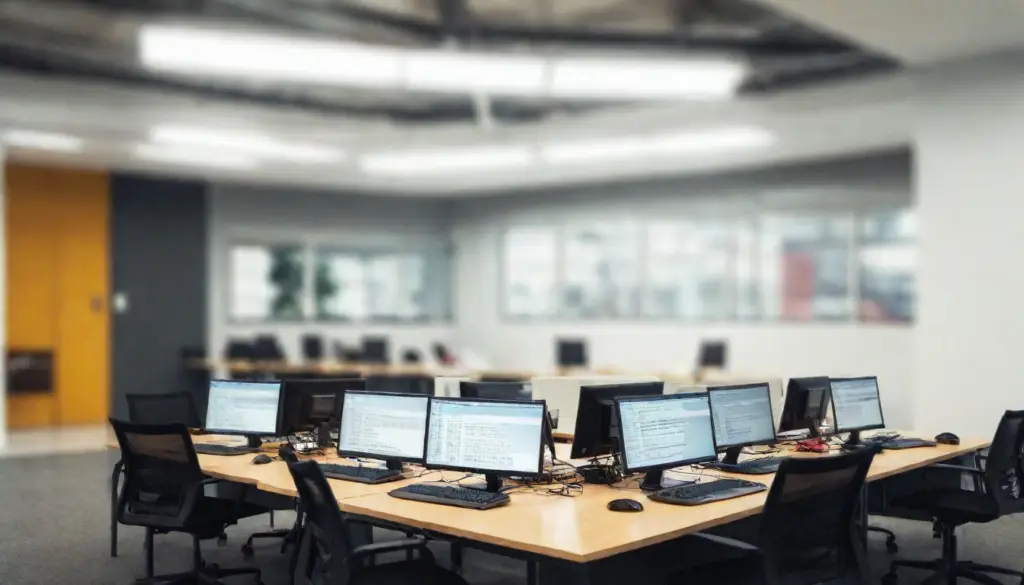There are many moving parts to consider when entering into Mergers & Acquisitions (M&A). Thoughtful integration of the culture, workflow, and operations of two existing companies can reap incredible rewards—if handled correctly. However, failing to address key opportunities can cause years of frustration and missed opportunities. For example, proper evaluation of technology systems goes a long way toward risk mitigation. This article explores the top five technology considerations for companies before any merger or acquisition.
1. Technology Assessment
The primary goal of merging IT systems is to ensure that the new enterprise (following a merger) has policies in place to make new business operations more efficient, streamlined, and ultimately capable of increasing the enterprise’s top and bottom line. Understanding the available technological resources that exist is crucial to integration planning. Companies should complete a pre-M & A technology assessment of existing inventory equipment, software, and audit risks. Then, it’s pertinent to identify the proper course of action with respect to timeline, budget, and business needs.
2. Data Backup
Companies should prioritize the backup of all data across all systems and devices before making any changes. Data backup alone is a significant undertaking, especially throughout the M&A integration process. By protecting existing data effectively with onsite and offsite backup redundancies, companies gain the peace of mind that systems will revert to a past working iteration if all else fails. This risk mitigation technique helps to minimize potential business disruptions and prevent permanent damage.
3. Technology Deployment and Integration
Once data is secure, companies can plot the course for technology integration and deployment.
Organizations may choose to enlist a trusted logistics partner to help with M&A consulting and integration services. For example, Teksetra Merger & Acquisition support helps companies streamline and optimize technology integration with expert project managers and technicians. Through our nationwide outsourcing program, Teksetra can help mitigate risks and solve complex M & A integration problems, such as procuring new equipment, decommissioning servers and obsolete equipment, and imaging workstations for maximum optimization. Teksetra’s vast industry expertise adapts perfectly to supply any company with vendor-agnostic equipment recommendations and support.
4. Support Hardware and Software Adoption
Communication is key to the successful adoption of new technologies. Companies often focus so much on system integration that they forget to consider the growing pains employees may encounter. Organizations should set employees up for success by adequately communicating changes and expectations. It’s also essential that companies make every effort to optimize employee workstations and address challenges as they arise.
5. Track Results
Throughout the M&A journey, companies should document technology results, changes, goals, and expectations to ensure integrations and implementations are effective for teams and the enterprise as a whole. By tracking outcomes, companies have a measurable way to gauge growth and achieve milestones.
While this article primarily features high-level considerations that a company should understand before consummating a merger or acquisition, it should serve as a useful reference throughout the planning and strategy phases. Businesses can receive peace of mind by enlisting the help of an experienced logistics partner, who will consider all technical considerations from pre-planning to implementation and beyond. Call Teksetra for IT Support solutions that provide flexibility, workforce, and risk mitigation for all your M&A IT systems needs.






